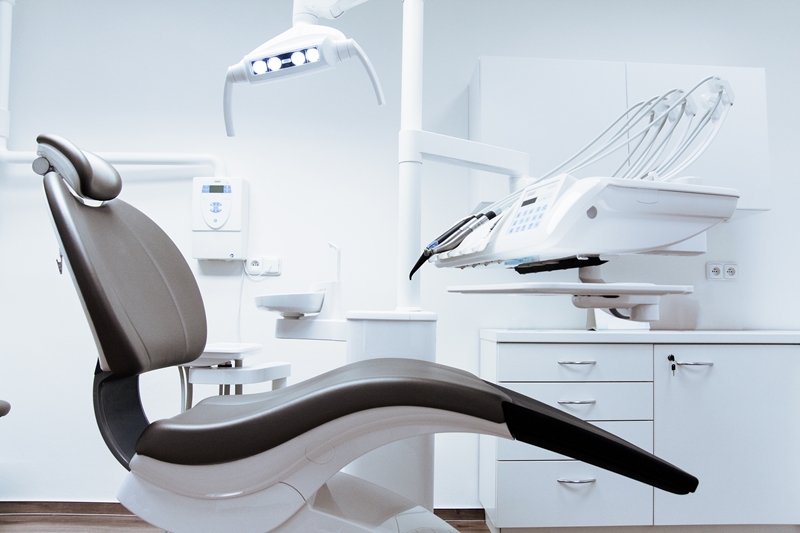Disruption is coming. After revolutionising Australia’s retail industry, it appears that global giants Apple and Amazon have grand designs on our healthcare sector.
Already in 2018, Apple has announced partnerships with a dozen major US hospitals, which would enable iPhone users to access their medical records with a simple swipe. Meanwhile, Amazon has been quietly rolling out its own over-the-counter pharmaceuticals and medical supplies.
Given the way Australian retailers have been forced to partner up or innovate after Amazon moved into the market, it’s understandable that medical practitioners might be concerned about this new push. But what exactly would it look like?
What does a disrupted healthcare sector look like?
Amazon and Apple’s messaging when they disrupt has a singular focus: customers first. By introducing new ways of shopping (or engaging with the healthcare system), they are creating better pathways for the everyday consumer.
 A disrupted healthcare sector puts the power in the consumer’s hands.
A disrupted healthcare sector puts the power in the consumer’s hands.Streamlined access to healthcare
The integration of medical records into health and fitness apps could reinvigorate the way consumers see their doctor. Research from Deloitte shows that many people already use apps for information on symptoms and conditions, as well as direct communication with their healthcare provider or GP. Disruption from digital giants could provide the data security and informational accuracy that sees appointments, diagnoses, prescriptions and insurance go wholly digital.
Participatory medicine gains permanence
Australia’s high smartphone penetration (88 per cent of the population owns one, according to Deloitte) lays the groundwork for disruption in the form of participatory medicine. This is a shift away from medical practitioners sitting in a paternal, directorial role, while consumers take a more active role in their health.
Social networking and IoT mean that available information is expanding at an exponential rate, giving consumers unprecedented power to choose their carers and advisors – be it automated AI chatbots or 24/7 digital accessibility to GPs, consumers will no longer be at the mercy of a healthcare system that is often under financial strain. The power is in their hands.
 The Internet of Things lays the groundwork for Amazon and Apple to disrupt Australian healthcare.
The Internet of Things lays the groundwork for Amazon and Apple to disrupt Australian healthcare.Home testing
Further research from EY Australia shows the degree to which consumers are ready to adopt flexibility not only in their advice sources, but also in the way they conduct tests. 74 per cent of respondents to an EY survey are “very interested” in doing tests with kits at home and sending results digitally to their GP, 61 per cent feel this way about video consultations, and 60 per cent want to send photo or video of their injury rather than making a clinic visit.
How will you handle disruption to Australian healthcare?
While Apple and Amazon have begun their journey into Australian healthcare, their exact plan has not been made clear. What is clear, however, is that change is coming. The medical practitioners that can embrace technology and provide consumer-first solutions that enhance convenience will be the ones that stay ahead of the curve.
If you’re ready for change, get in touch with the Space For Health team and find out how we can help.



